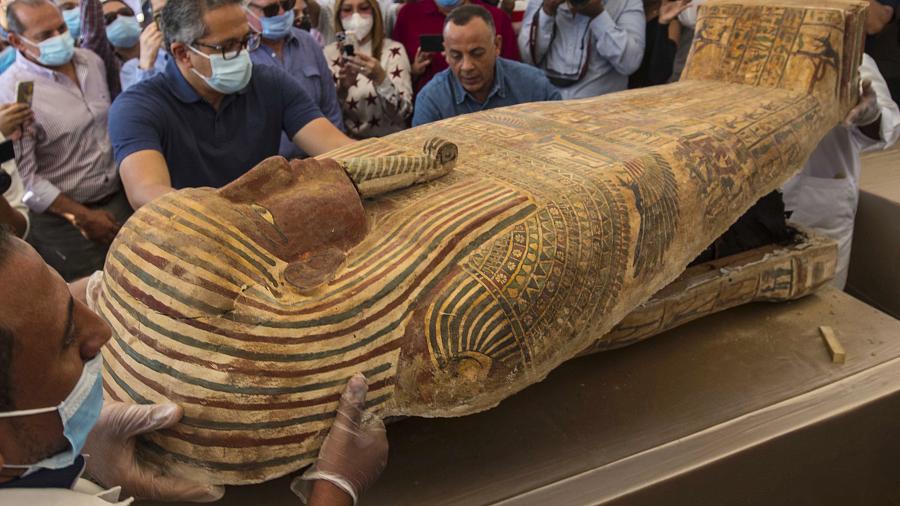Amongst oceans of time and sand, the ancient treasures of Egypt still stand regal. Relics of bygone eras give off a sense of mysticism and majesty amongst the modern day, pillars of former prestige and sacred tombs that feel as old as the Earth itself sit side-by-side with modern metropolises. As critical as the current-day may be to the enchantment of a location, much of a trip’s magic lies in what’s already been written in the history books. Few locales can match the claim to your imagination as well as ancient Egypt. Pharaohs and mummies feel larger than life and ever-present around every corner.
For that reason, diving into Egypt’s storied history during a visit is an absolute must. But, with an overabundance of timeless cultural treasure, picking where to visit and what to see can be an adventure in itself. Whether you’re hoping to captivate your young ones with history brought to life, or feel like you yourself are an adventurous tomb-scouring archeologist, here are three quintessential treasures of Egypt you and your family simply can’t miss.
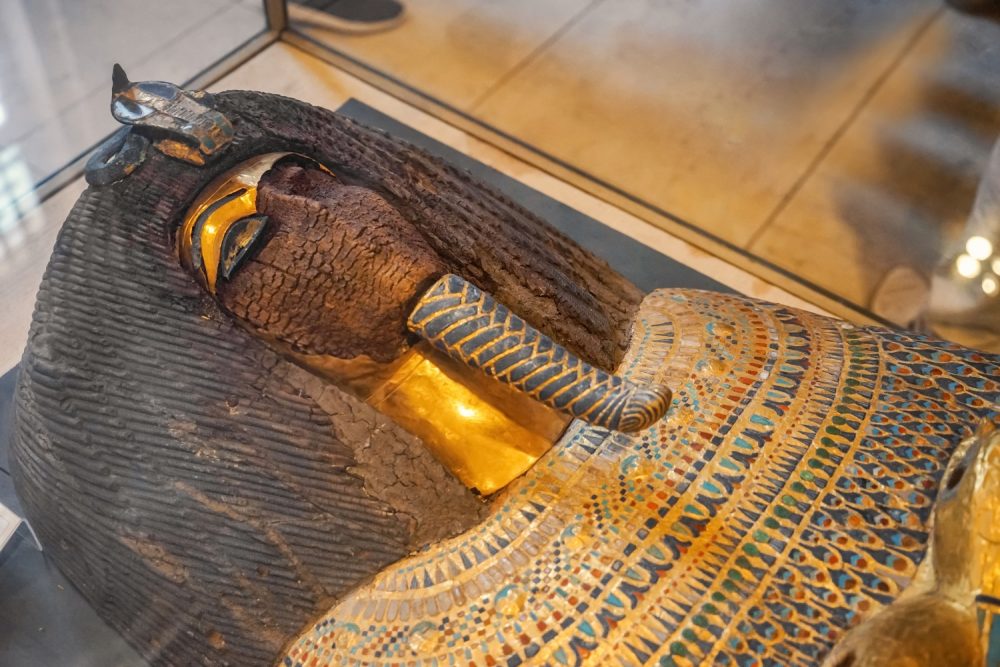
Ancient Egypt may be long gone, but archaeologists keep finding its treasures.
For more than 3,000 years, one of history’s greatest civilizations flourished along the winding Nile River in northeast Africa. But after Egypt fell under first Greek, then Roman, and finally Muslim control, the ancient civilization’s glories were buried under layers of these different cultures, only to surface again centuries later as archaeologists and historians embraced the study known as Egyptology.
Beginning in the 19th century, bombshell discoveries such as the Rosetta Stone and the lavish tomb of Tutankhamen in the Valley of the Kings, as well as the excavation of the Pyramids at Giza, opened the doors to a new understanding of ancient Egypt’s mysteries, fueling an explosion of interest—and tourism.
1- The Egyptian Pyramids at Giza
Perhaps the most recognizable symbol of ancient Egypt, these massive structures were built for three generations of pharaohs—Khufu (aka Cheops), Khafre and Menkaure—during the Old Kingdom (2575-2130 B.C.). It’s still unknown exactly how the Egyptian Pyramids were constructed, though the ancient Greek historian Herodotus estimated that 100,000 men labored for some 20 years to create the largest, the Great Pyramid, for Khufu. Over the centuries, looters broke in and removed many of their treasures; by the first modern excavation in 1880, archaeologists could only guess at the riches they had had once contained.
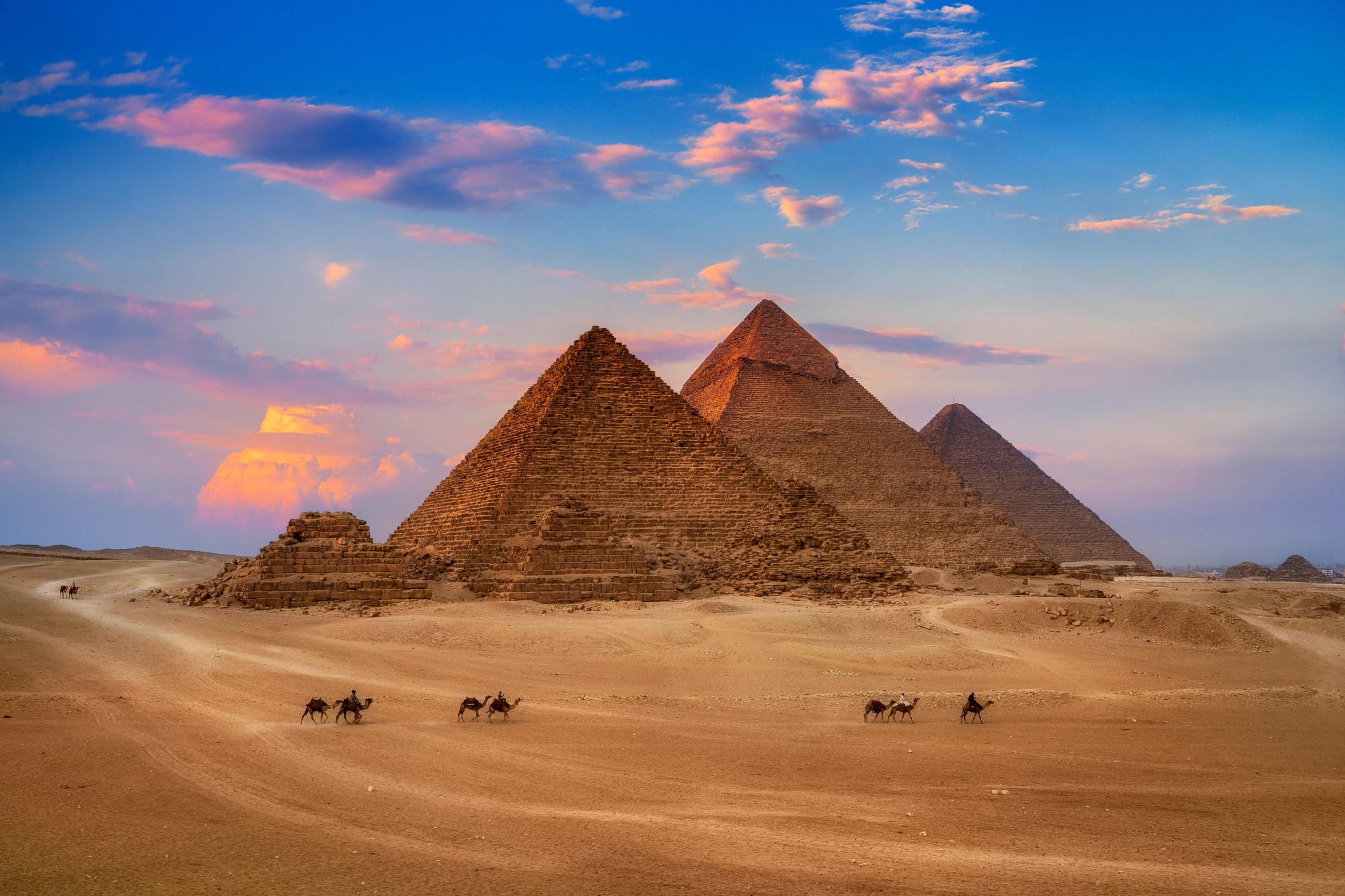
Ratnakorn Piyasirisorost/Getty Images
2- Khufu’s Ship
The Giza pyramid complex, located on the outskirts of modern Cairo, contains other marvels, including the Sphinx, a massive statue of a lion with the pharaoh Khafre’s head. In 1954, archaeologists stumbled on a nearly intact ship, measuring some 140 feet long, buried in pieces at the base of the Great Pyramid. Inscribed with the name of the pharaoh Khufu, it was apparently buried along with other grave goods; it was later excavated and went on display at the specially constructed Solar Boat Museum, just a few meters from where it was found.
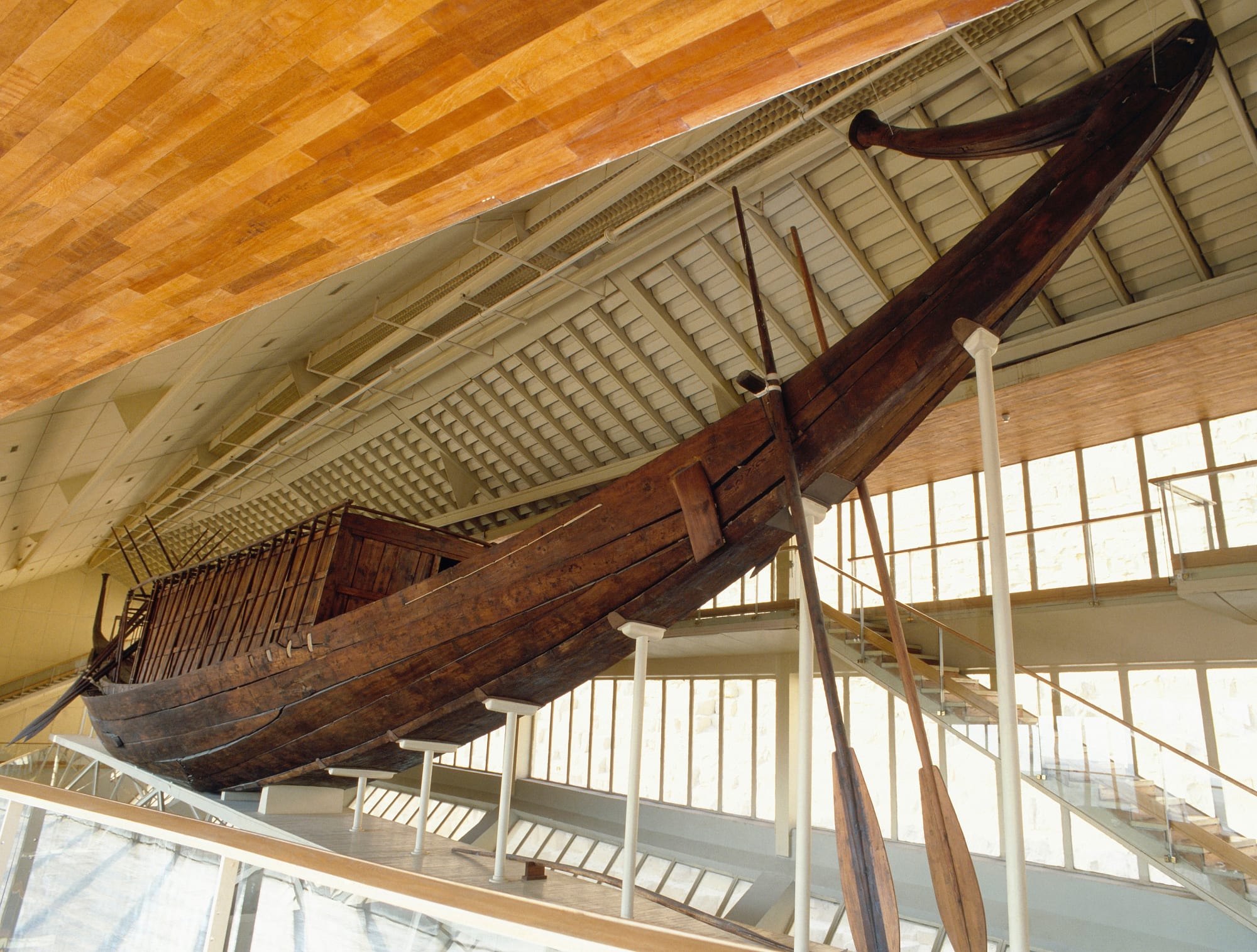
Werner Forman/Universal Images Group/Getty Images
3- King Tut’s Tomb
The long-lost tomb of the 18th-dynasty boy pharaoh, Tutankhamen, was rediscovered by archaeologist Howard Carter in 1922. Located in the Valley of the Kings on the west bank of the Nile, Tut’s tomb had been covered by debris for some 3,000 years, protecting it from looters. Braving rumors of a curse, Carter’s team opened a tomb filled with treasures—notably Tut’s mummy, wearing a splendid gold death mask—that provided evidence of the most lavish period of Egyptian history.
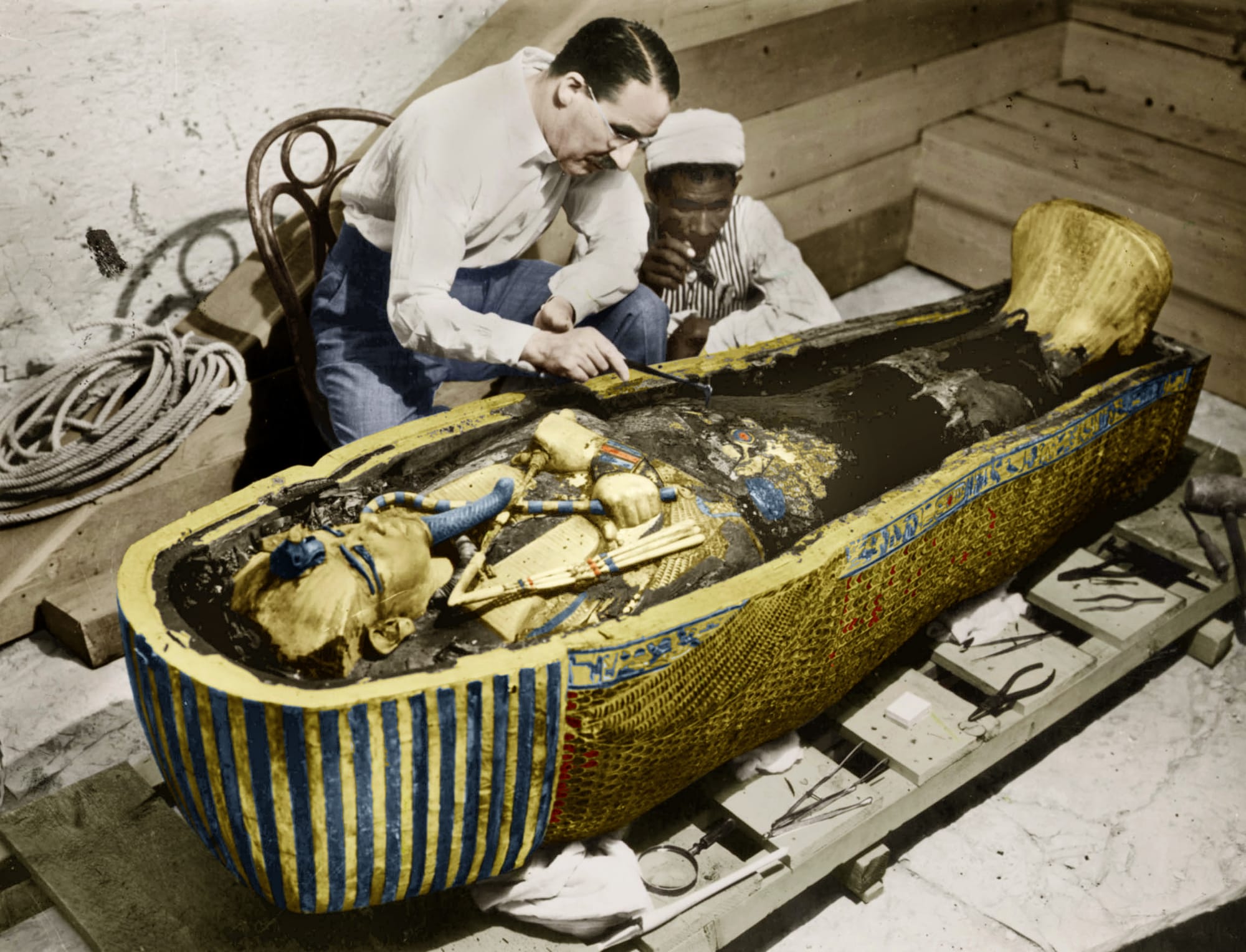
Apic/Getty Images
4- Rosetta Stone
In 1798, near the Egyptian town of Rashid (Rosetta), officers in Napoleon Bonaparte’s army spotted a black granite slab with writing on one side. Dated to 196 B.C., the Rosetta Stone is believed to have been created in Memphis, on behalf of the pharaoh Ptolemy V, affirming his right to rule over Egypt. Inscribed in three languages—hieroglyphic, demotic and Greek—its translation in 1822 provided the key to understanding Egyptian hieroglyphs for the first time, shedding new light on the entire history of ancient Egypt. It has been in British possession since the end of the Napoleonic Wars, though Egypt has long requested its return.
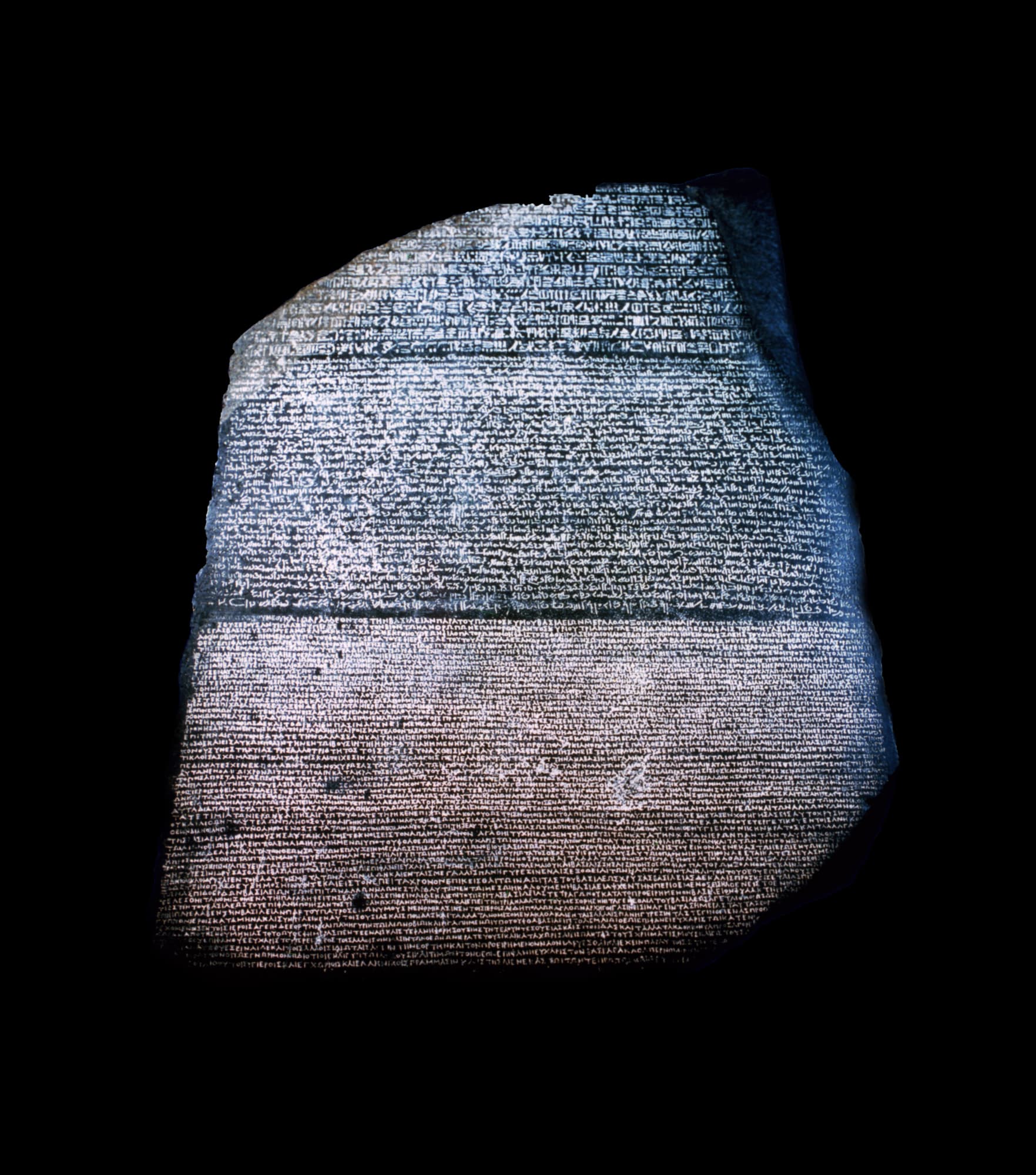
Universal History Archive/UIG/Getty Images
5- Tomb of the Silver Pharaoh
At the outset of World War II, the French Egyptologist Pierre Montet was excavating near the New Kingdom capital of Tanis when he stumbled on a treasure-filled tomb rivaling that of King Tut. Inside, the little-known 21st-Dynasty pharaoh Psusennes I had been buried in an exquisitely detailed coffin made of solid silver, wearing a spectacular gold burial mask. The splendor of the Silver Pharaoh’s tomb raised new questions for historians, as it indicated a level of wealth and power historians had assumed pharaohs did not possess by the time Psusennes ruled Egypt, around 3,000 years ago.
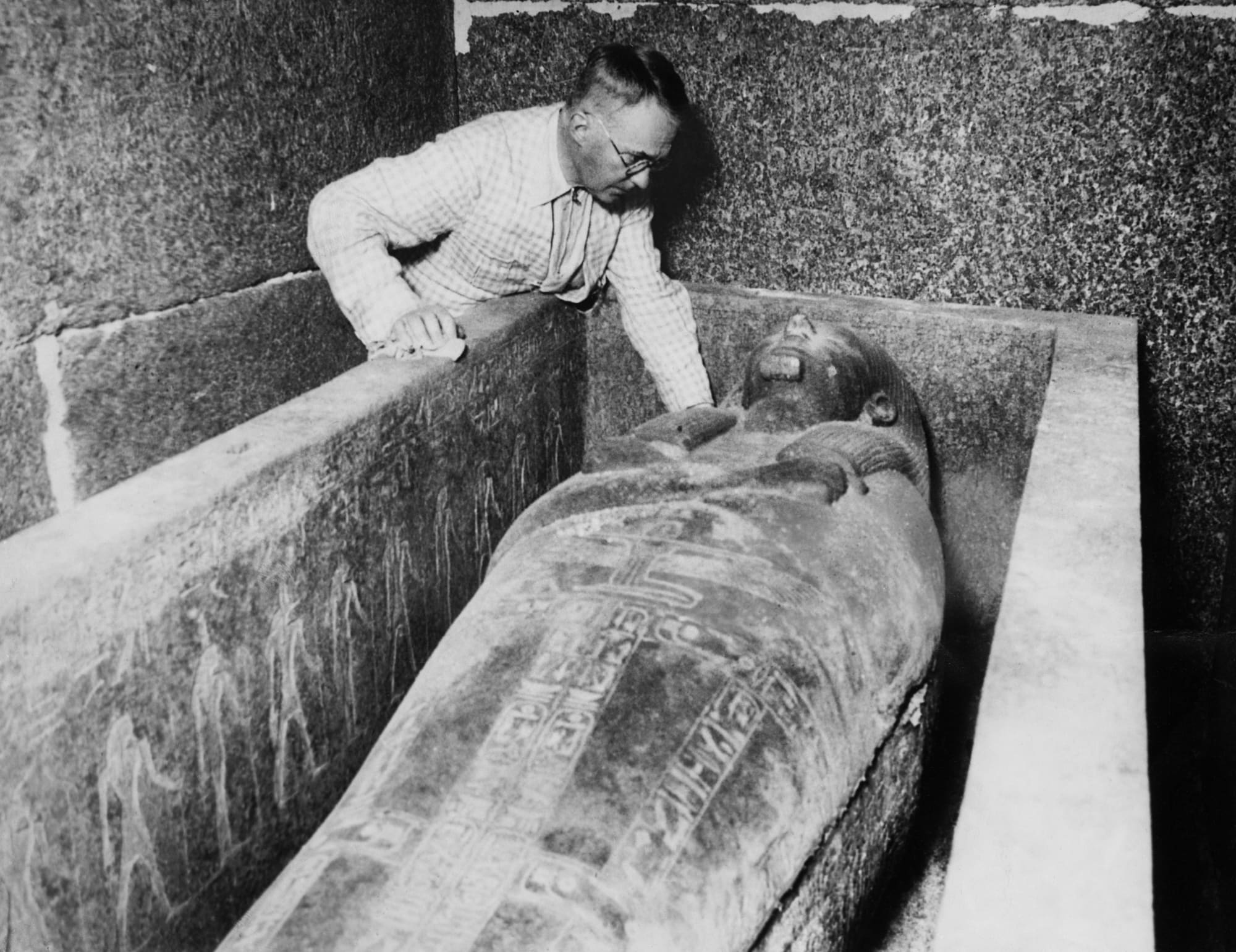
Hulton-Deutsch Collection/Corbis/Getty Images
6- Queen Hatshepsut’s Mummy
After Queen Hatshepsut died around 1458 B.C., her stepson and successor, Thutmose III, had much of the evidence of her reign erased. Little was known about Egypt’s first great female leader until the late 19th century, when archaeologists decoded the hieroglyphics on her temple at Deir el Bahri in Luxor. When Howard Carter found Hatshepsut’s sarcophagus in 1903, it was empty, like most of the tombs in the Valley of the Kings. But another tomb unearthed in the temple contained two coffins, one identified as that of Hatshepsut’s wet nurse. In 2007, the remains in the other coffin were identified as Hatshepsut herself, after scientists matched a molar found in a jar with the queen’s embalmed organs to a space in the mummy’s jaw. Hatshepsut’s mummy is now housed in the Egyptian Museum in Cairo.
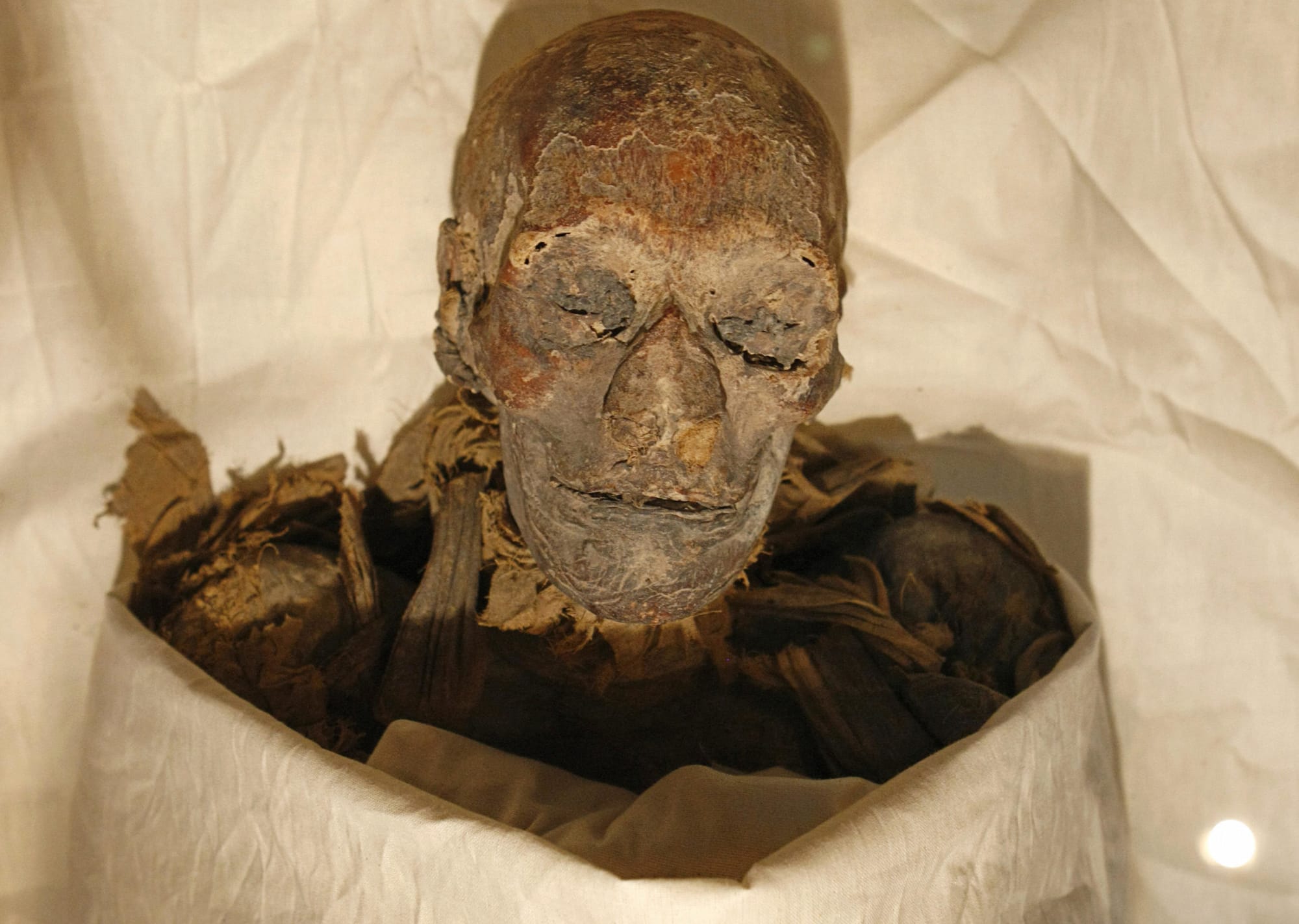
Cris Bouroncle/AFP/Getty Images
7- Valley of the Golden Mummies
In the mid-1990s, a team of archaeologists uncovered a vast necropolis near Bawit, south of Cairo. An initial excavation yielded 105 mummies, some adorned with gilded masks and chest plates, others buried more simply in terracotta, plaster or linen coverings. Dubbed the “Valley of the Golden Mummies,” the ancient cemetery has since yielded hundreds of other mummies, representing various social classes; experts believe it may contain as many as 10,000 mummies in all.
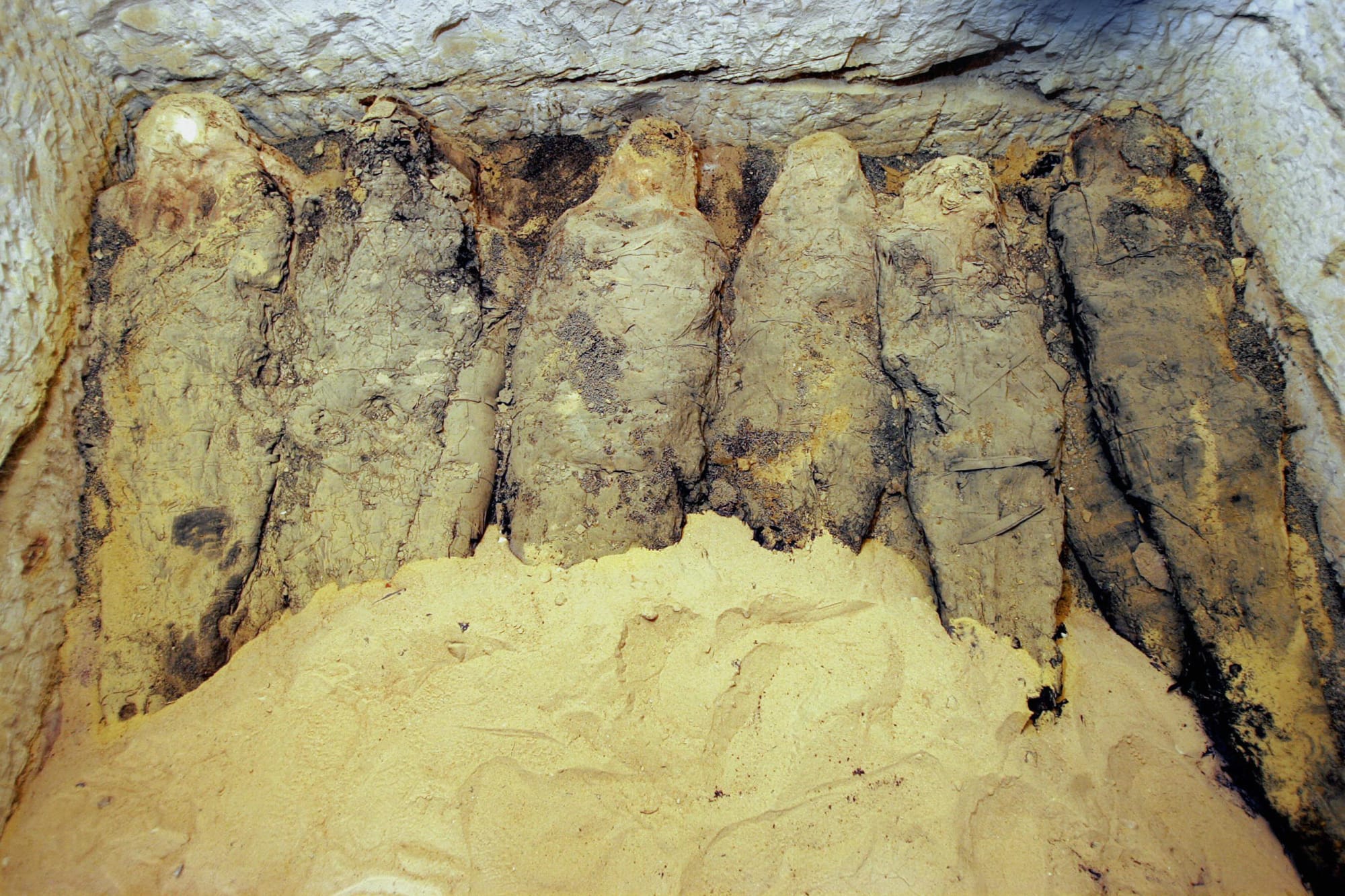
Cris Bouroncle/AFP/Getty Images
8- Ramses II’s Mummy
Born around 1302 B.C., the 19th-dynasty pharaoh Ramses II ruled for more than six decades, ordering the construction of so many massive monuments (such as the Temples at Abu Simbel) that he ensured his legacy as ancient Egypt’s most powerful pharaoh. His tomb, originally placed in the Valley of the Kings, was later moved to avoid the threat of looting; in 1881, archaeologists discovered his mummy among many others stored in a secret cache at Deir el-Bahri. Placed in the Egyptian Museum in Cairo, the mummy was famously issued a passport in the 1970s, when it began deteriorating quickly and had to be transported to Paris for examination and treatment for a fungal infection.
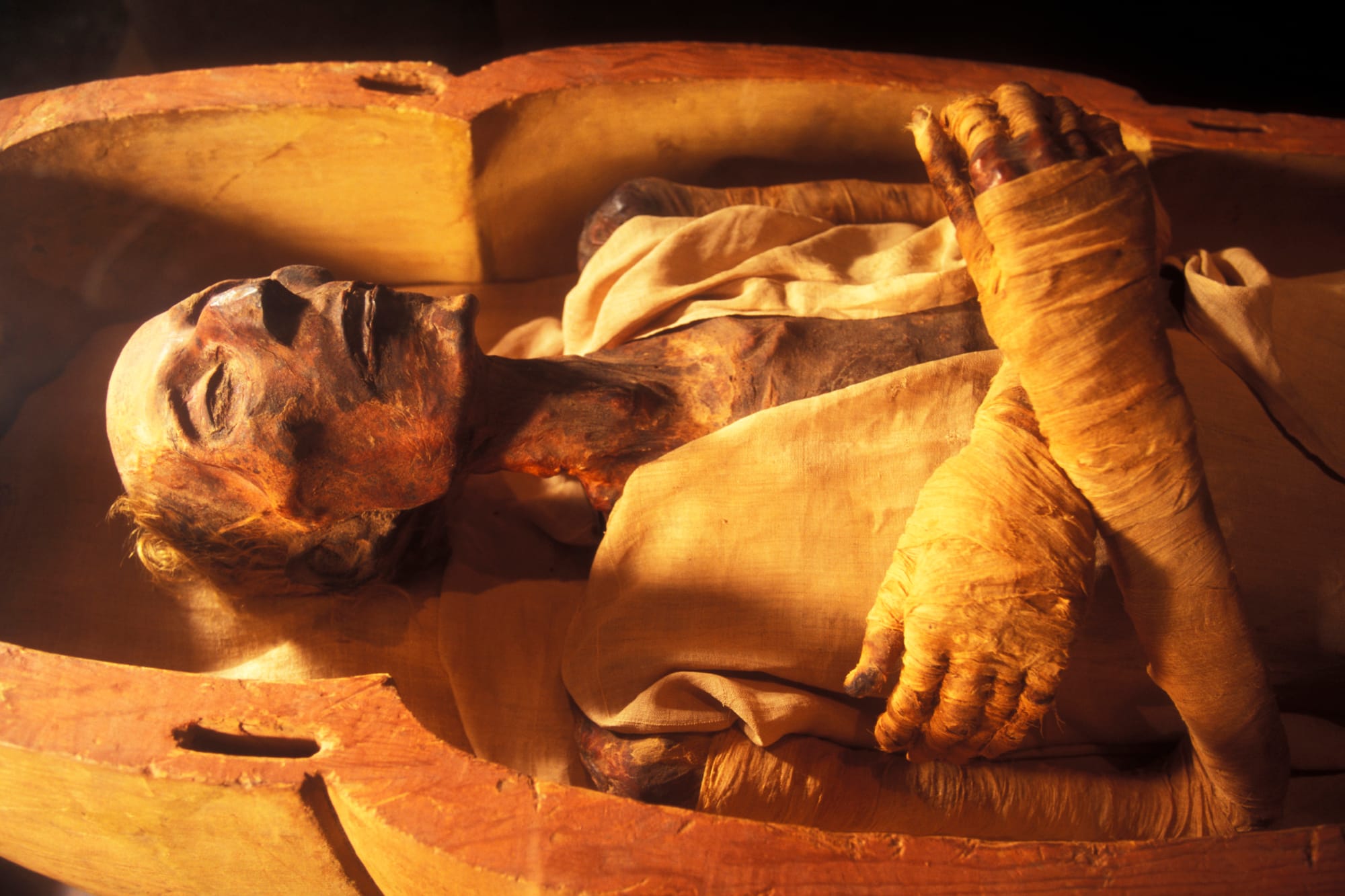
Patrick Landmann/Getty Images
9- Temples at Abu Simbel
By far the most ambitious building project undertaken during the reign of Ramses II were these two stone temples, carved into a mountainside near what is now the Egyptian-Sudanese border circa 1244 B.C. At the entrance to the larger temple sat four huge statues of the pharaoh, while inside, a network of chambers were built in such a way that on two days each year, the sunlight could illuminate another statue of Ramses inside. Long abandoned, the temple remained buried in sand until 1817, when the Italian archaeologist (and former circus strongman) Giovanni Belzoni uncovered its entrance. In the 1960s, the entire temple complex was dismantled and rebuilt on higher ground, to make way for the construction of the Aswan High Dam.
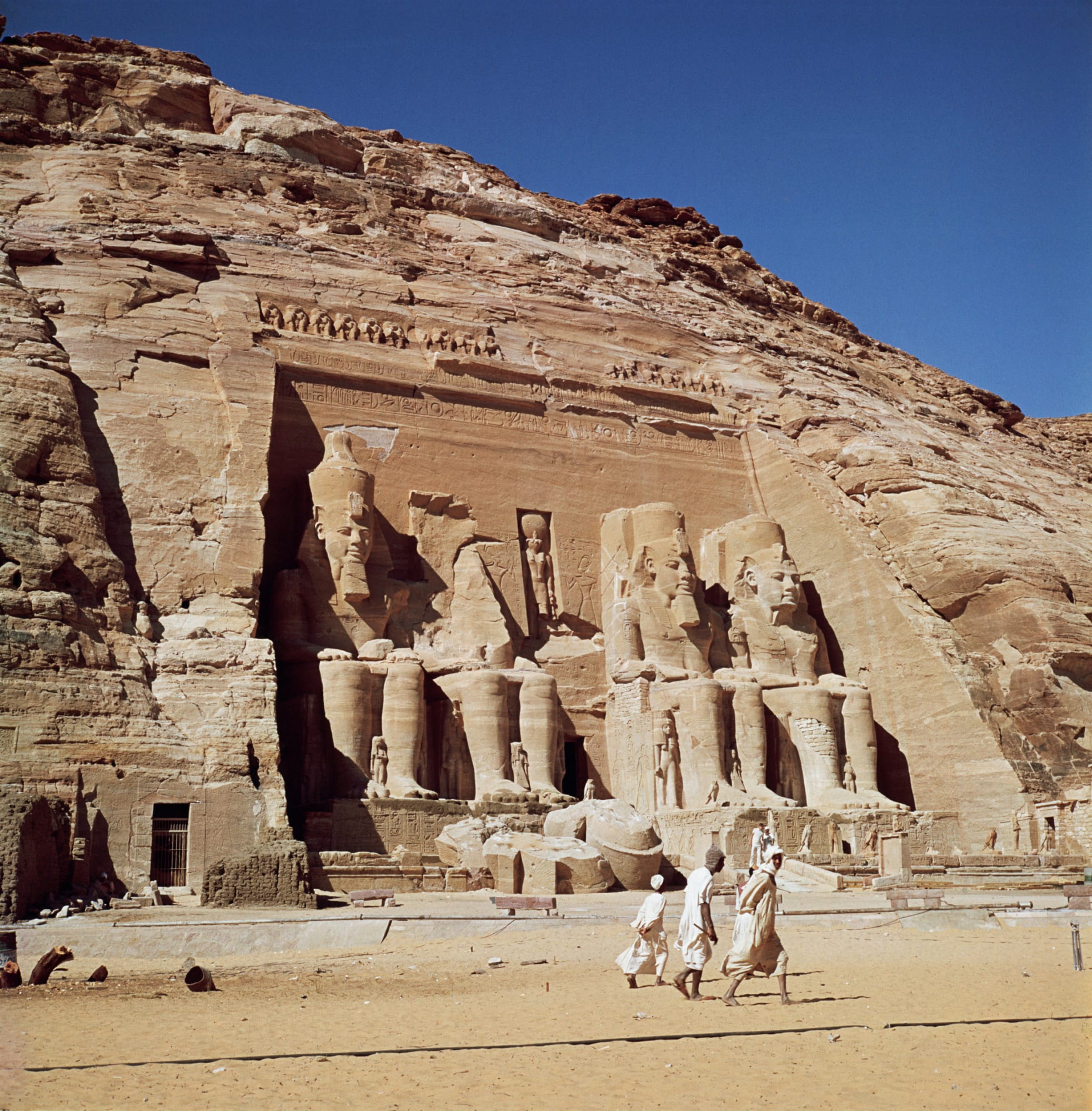
Roger Wood/Corbis/VCG/Getty Images
10- Temple of Bastet
In 2010, Archaeologists had discovered the remains of a 2,200-year-old temple under the streets of modern-day Alexandria. Dedicated to Bastet, the Egyptian goddess who took the shape of a cat, the temple was built by Queen Berenice II, wife of Ptolemy III, Egypt’s pharaoh from 246–222 B.C. Cats were revered animals (and common house pets) in ancient Egypt; some 600 cat statues were found inside the temple, suggesting their veneration continued even during the Greek-speaking Ptolemaic dynasty, which ruled Egypt from the arrival of Alexander the Great in 332 B.C. to the suicide of Egypt’s last ruler, Cleopatra, in A.D. 30.
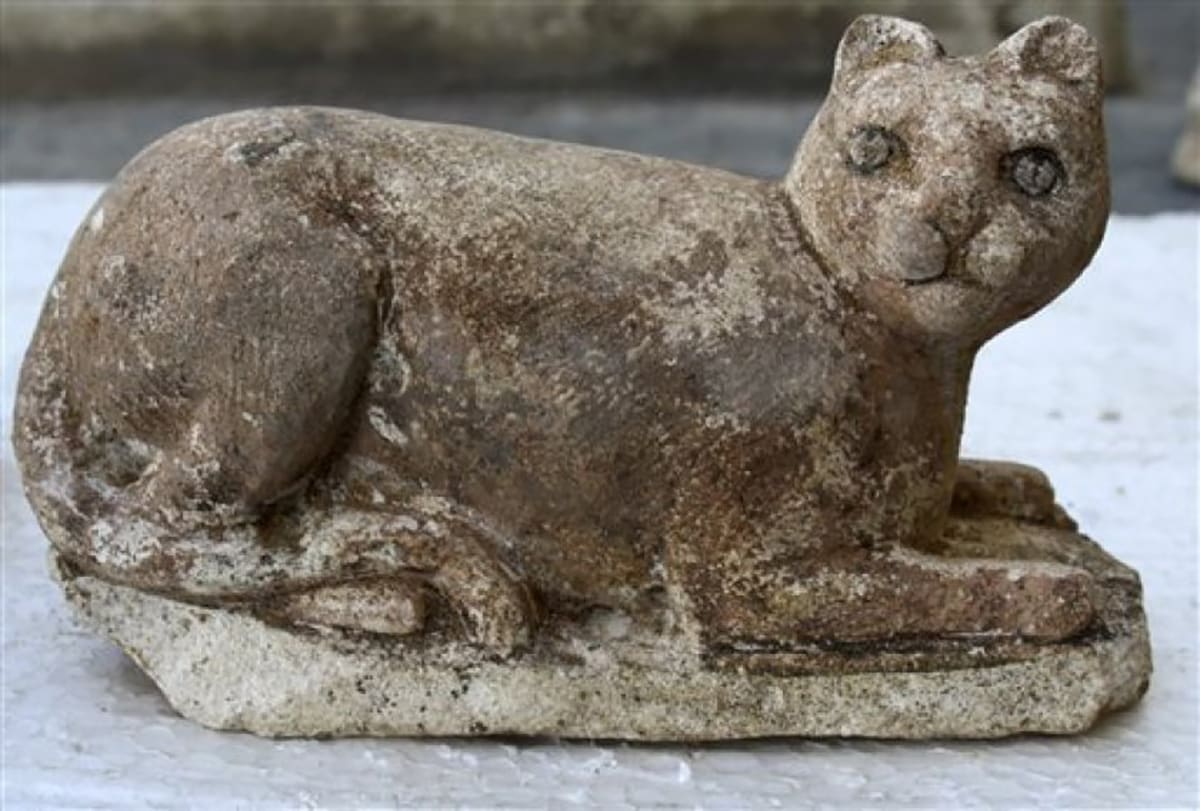
Egypt's Supreme Council of Antiquities
Many of ancient Egypt’s rulers—known today as pharaohs—built themselves elaborate monuments and tombs, inscribing them with their names and achievements in hieroglyphics. Through painstaking excavations, research and translation, modern scholars have used these written records to trace Egypt’s history and divide it into three distinct periods—known as the Old, Middle and New Kingdoms—with periods of relative instability in between.
With each new tomb or secret underground chamber discovered, Egyptologists began to gain a clearer understanding of the ancient civilization’s fascination with death and the afterlife, including its highly sophisticated mummification practices. Unfortunately, looters got to many tombs centuries before modern archaeologists arrived, robbing them of gold, jewelry and other valuable goods intended to accompany the dead in their journey to the afterlife. Many of the mummies themselves had gone missing as well, making those who were found (like King Tut, Ramses II and Hatshepsut) even more valuable.
Excavations of Egypt’s ancient sites have continued steadily since the early 20th century, with each new discovery offering insight into the intricacies of a civilization that made striking advances in nearly every area of human knowledge, including art, mathematics, agriculture, engineering and written language. Even today, many tombs remain to be excavated, promising yet more amazing finds to come.
